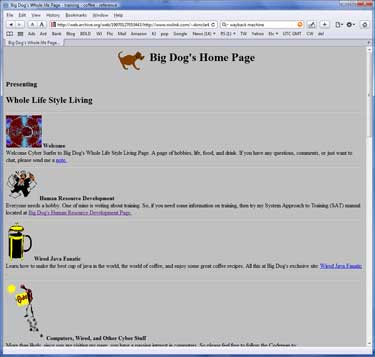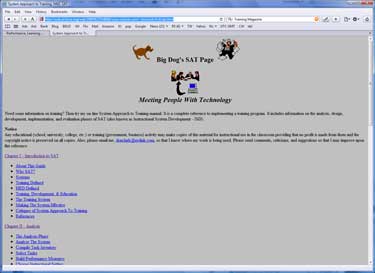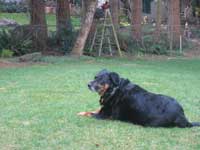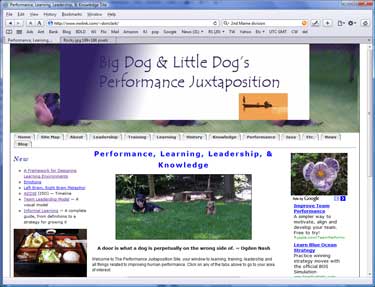The latest podcast from Xyleme Voices, George Siemens on Social Learning Networks: From Theory to Practice is quite informative and thought-provoking; however, it still seems to leave a lot of questions unanswered.
For example, George cites the problem that Apple had with the iPhone's antenna and says it was caused by a people not being connected properly and somehow makes the leap of faith that if the people who knew about it were connected to the others on the design team, such as with social media, then the problem would have been prevented. Yet the problem is much more complex. Any good engineer will tell you that all cellphones that have the antenna inside of them, rather than sticking out, have reception problems because when you put your hand around it, it blocks the signal. But people don't want the antenna sticking out — they want it inside the phone. For example, Nokia jumped in and said their cellphones do not have this problem, yet we have a new Nokia phone in our household and the manual shows you how NOT to hold the phone so you don't block the signal.
Secondly, people want their phones as small as possible, which limits where you can put the antenna. Complicating the problem is that most of the testing was probably done on Apple's campus that gets a good signal as both ATT and Verizon have towers on it; and the problem only occurs in weak reception areas.
Thus we don't know if Apple did not know about the problem or if they knew about it, but decided it was not that big of a problem. The real problem was the way Apple handled the problem as I believe, as some other industry experts, that it was mainly blown out of proportion... after all, we love to jump on big companies.
The real problem is more of the way their public relations people handled the problem. Now could being connected with social media help them perform better, and if so how? That might have been a better and more realistic approach.
The most thought provoking part of the podcast comes about 15:10 minutes into it in which George discusses the need to do a better job of helping the learners learn how to learn (metalearning) rather than just instructing them into what to learn. I also believe that we need to do a better job at this, but we need more realistic examples — the Apple's antenna example just does not cut it.
For example, if I'm designing a course in which the learners need to learn a process to deliver our goods or service, how do I fit social learning and social media in with it? I can see how they help with informal part, but the end of the podcast wants us to a better job with metalearning in our daily training, and this is where we need some real examples.






